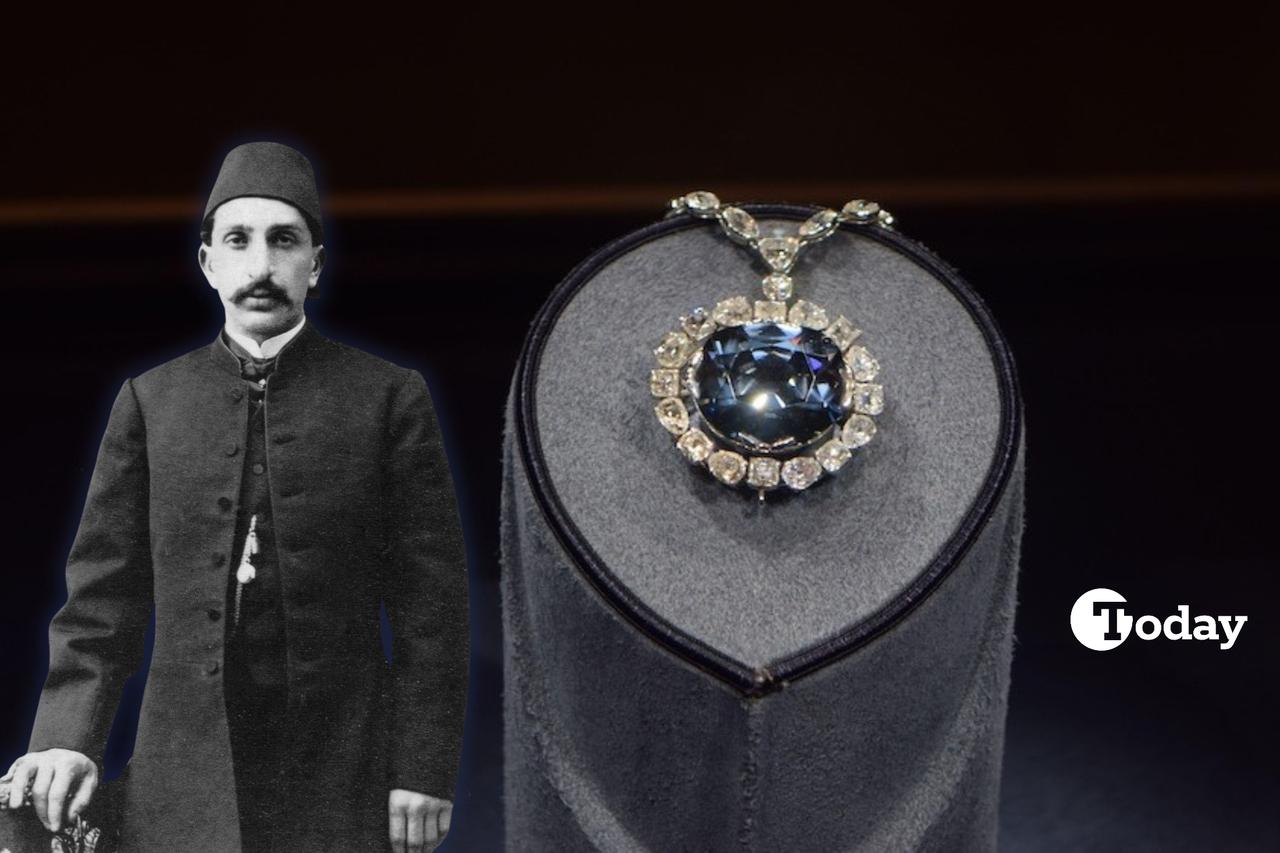
The 45.52-carat Hope Diamond, one of the most famous jewels in the world, has a story that connects royal courts from 17th-century France to the Ottoman Empire. Mined in southern India’s Kollur Mine, the diamond’s striking deep blue color comes from trace amounts of boron in its crystal structure.
It has journeyed through the hands of kings, merchants, and millionaires — and briefly, it is believed, through the court of Ottoman Sultan Abdulhamid II.
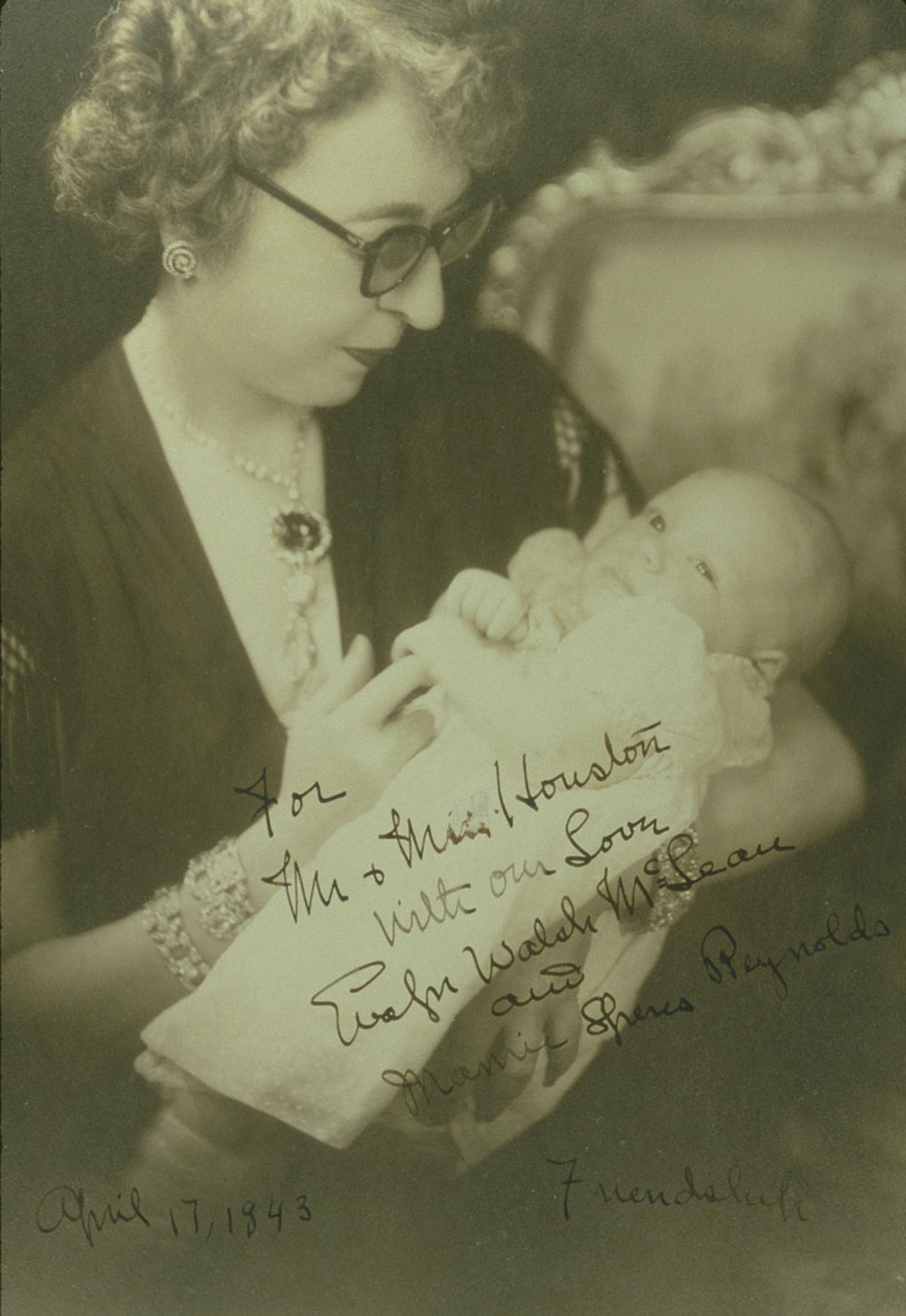
After being sold by French gem merchant Jean-Baptiste Tavernier to King Louis XIV in the 1660s, the stone became known as “the French Blue.” It was worn by French monarchs until 1792, when revolutionaries looted the Crown Jewels during the chaos of the French Revolution.
The diamond disappeared for decades, only to resurface in London in 1812 — now smaller, recut, and renamed the “Hope Diamond” after its new owner, London banker Thomas Hope.
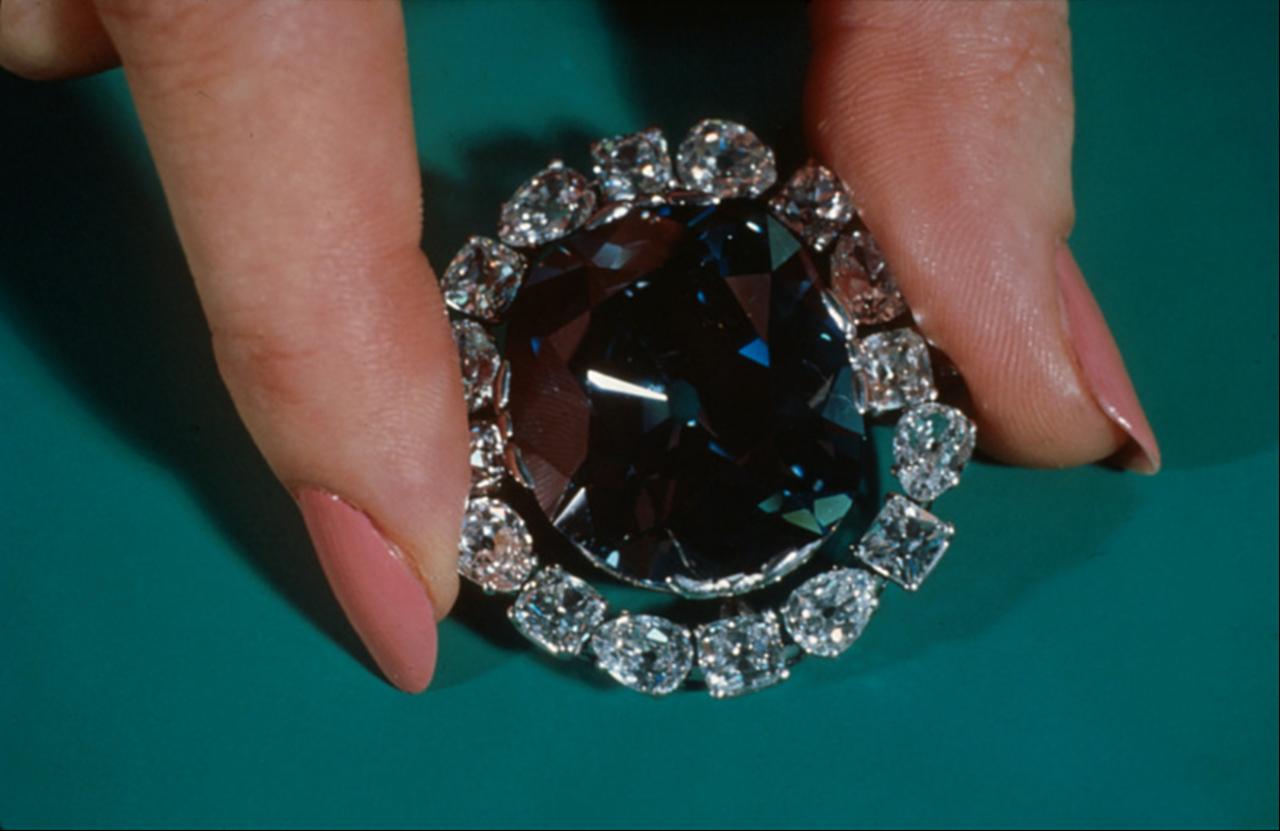
In the early 1900s, amid the declining years of the Ottoman Empire, the Hope Diamond reportedly entered the collection of a Turkish gem dealer named Selim Habib.
According to several accounts, Habib acquired the stone on behalf of Sultan Abdulhamid II. Abdulhamid was an avid collector of fine jewels and rare artifacts, maintaining one of the most impressive treasure chambers in Istanbul’s Yildiz Palace.
Some reports claim the Sultan ordered Habib to sell the stone in Paris in 1909, as his throne began to falter during a period of political turmoil that would soon end his reign. Other sources, however, maintain that Habib never actually transferred the gem to the Sultan’s possession.
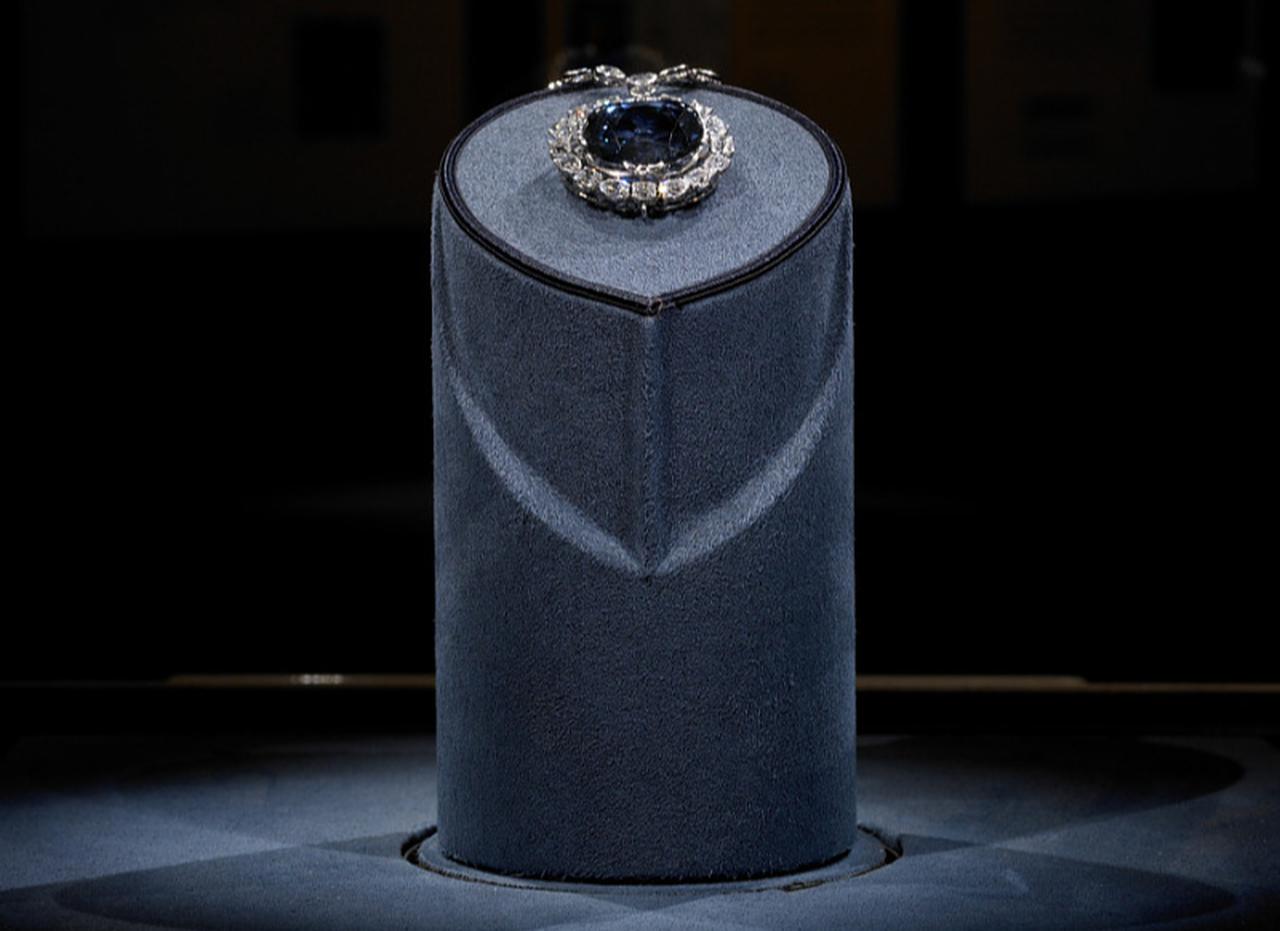
Auction records from that same year in Paris list the Hope Diamond as one of only two pieces in Habib’s collection explicitly marked as “never owned by the Sultan.”
Regardless of the truth, the legend of Abdulhamid’s connection added a new layer to the gem’s already mysterious reputation — one steeped in power, beauty, and supposed misfortune.
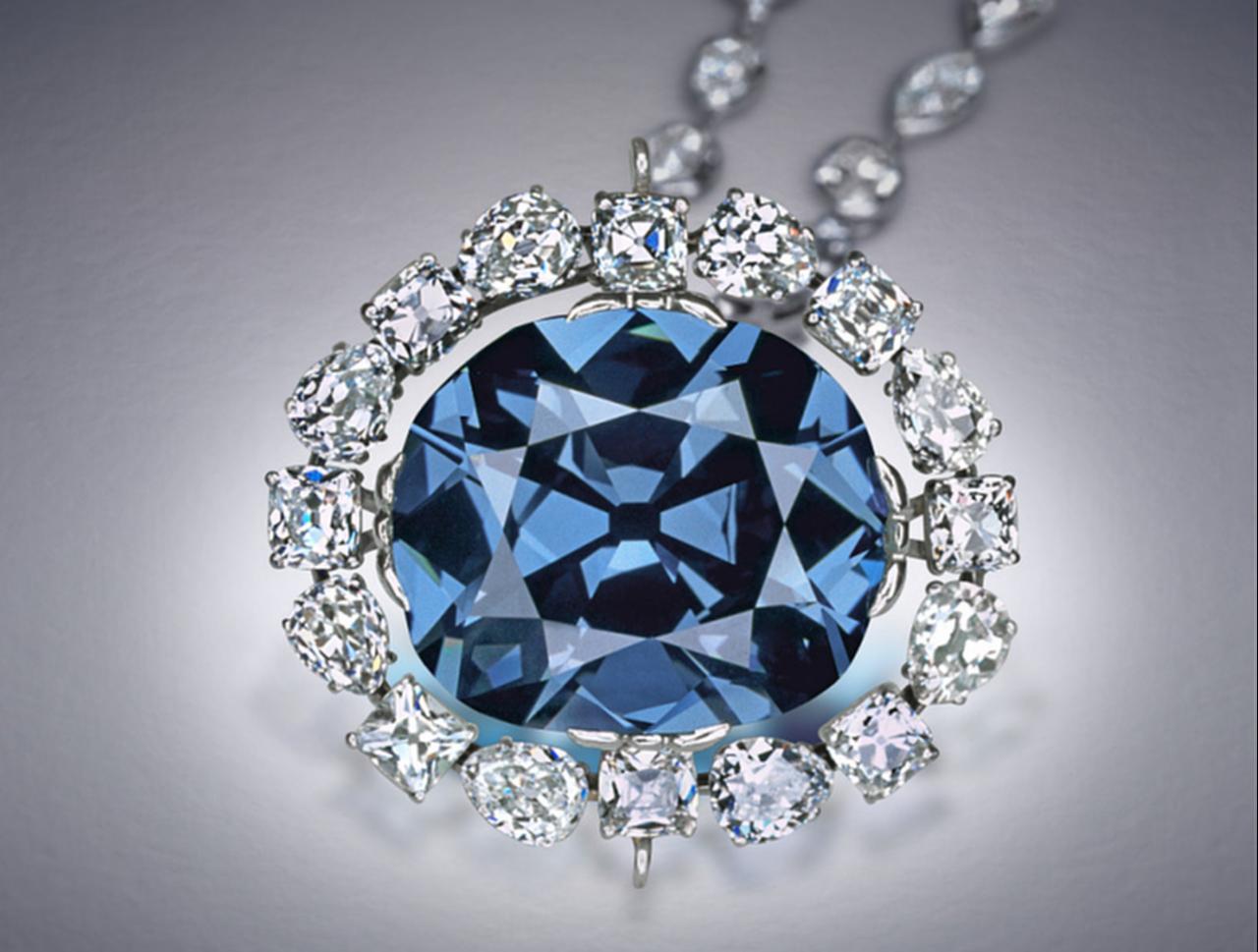
After the 1909 sale, the diamond changed hands several times, moving through prominent jewelers such as Pierre Cartier, who sold it to American heiress Evalyn Walsh McLean.
Following her death, New York jeweler Harry Winston purchased the gem and, in 1958, donated it to the Smithsonian Institution in Washington, D.C. Today, it remains on display at the National Museum of Natural History, where it continues to captivate millions of visitors each year.